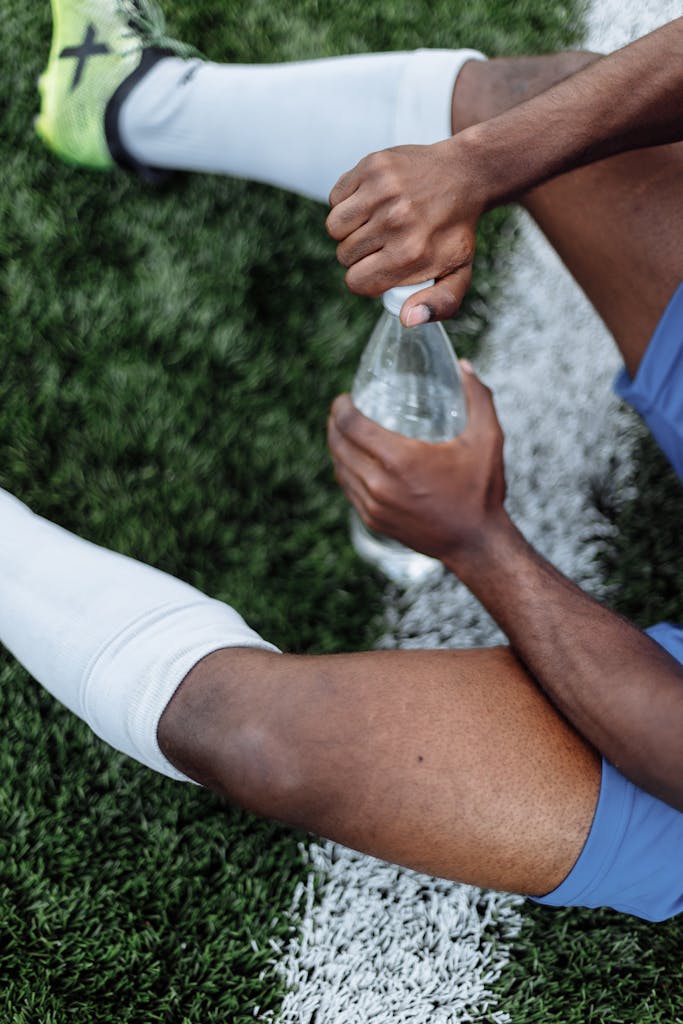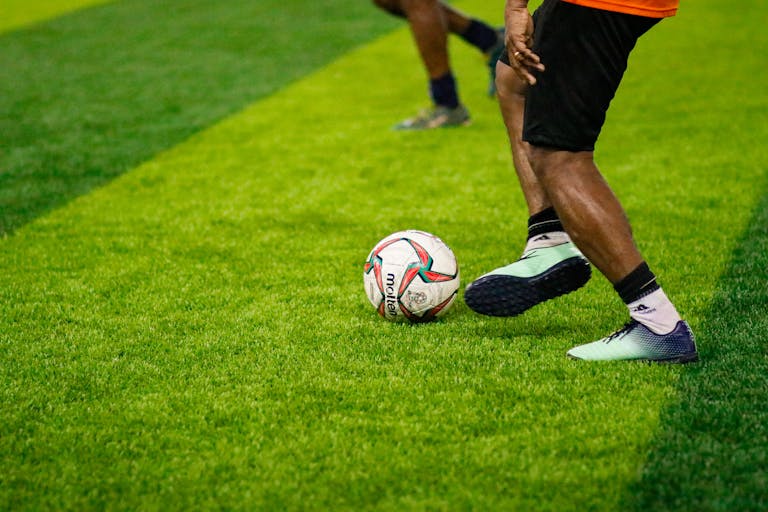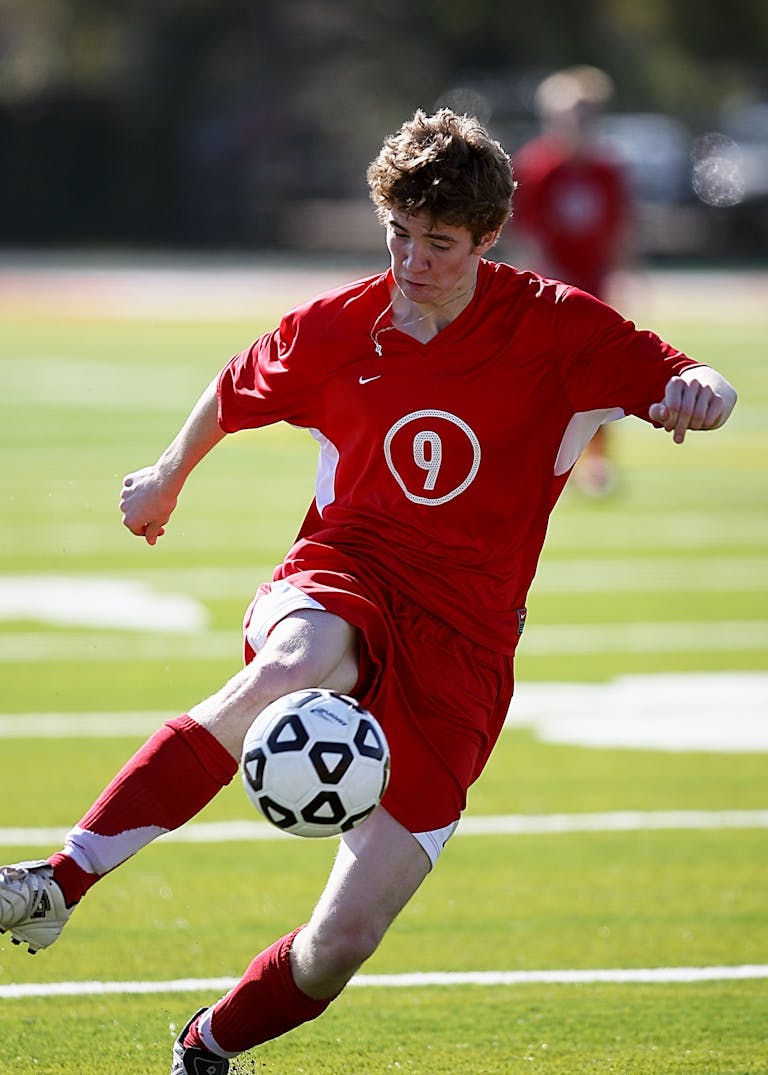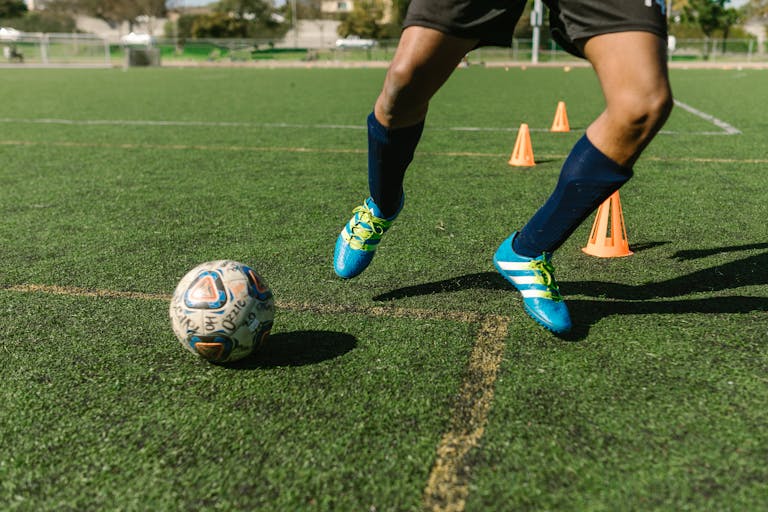Turf shoes and cleats differ in sole design and surface suitability. Turf shoes feature short, rubber studs (0.25-0.5 cm) for artificial turf, ensuring traction without surface damage. Cleats have longer metal or plastic spikes (1-2 cm) for natural grass, providing grip in soft terrain.
A 2021 Sports Biomechanics study found turf shoes reduce ankle sprain risk by 18% on synthetic fields compared to cleats. Turf shoes, weighing 8-12 ounces, prioritize agility for soccer, lacrosse, and baseball on turf. Cleats, at 10-16 ounces, emphasize stability for football and rugby on grass.

Conclusion
choosing turf shoes or cleats depends on the playing surface, with each optimizing performance and safety for specific field conditions.



